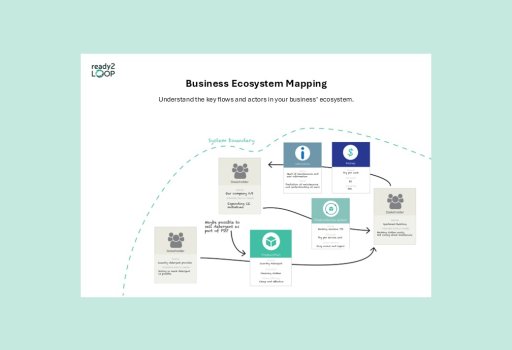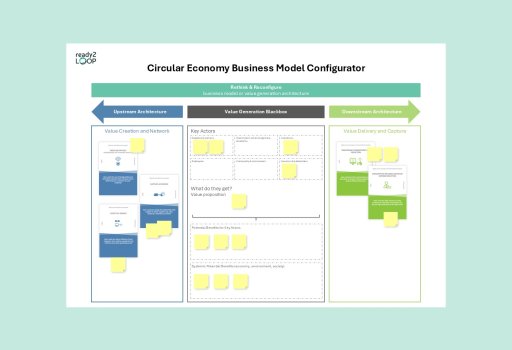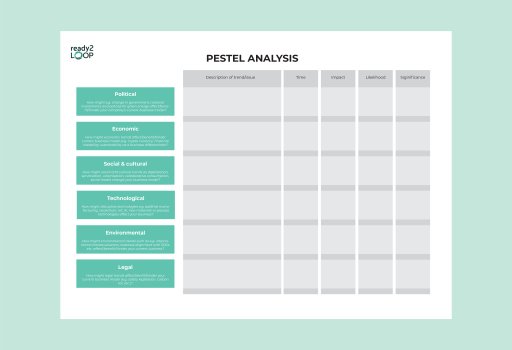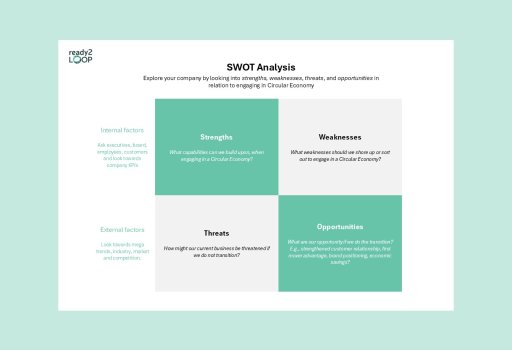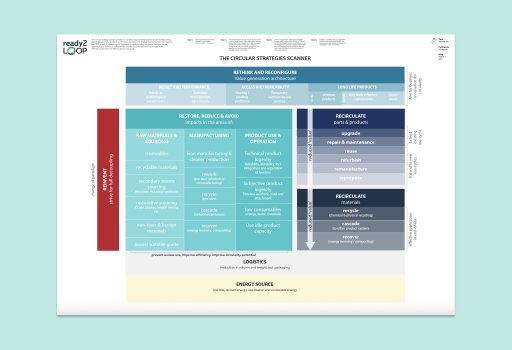Identifying Circular Opportunities in Packaging

"It was a great opportunity getting closer to DTU and exploring together with students the potentials of a circular economy across STG's packaging, more specifically assessing the takeback and refill systems as a way to reduce our environmental footprint." - Francisco Tello, Sustainability Project Manager, Scandinavian Tobacco Group"
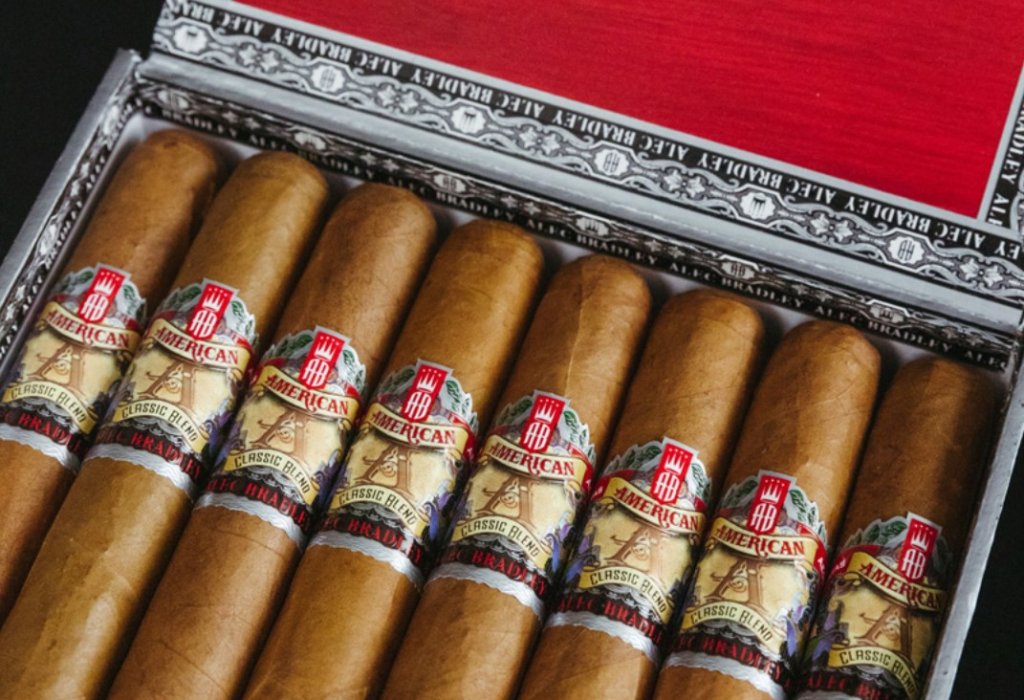
Opportunity
Implementing a value recovery system for the wooden cigar boxes and aluminium tubes is an excellent opportunity to convert to a more circular economy. This implementation will reduce waste and increase the lifetime of the products.
Path
The Scandinavian Tobacco Group's (STG) transition path towards a circular economy is designed based on a readiness assessment. Using "SWOT Analysis" and "The Recirculation Strategy Decision Tree" tools aids in understanding obstacles, leveraging strengths to refine the project scope, and exploring potential paths towards a circular economy.
Outcome
The transition path helps STG identify its strengths and weaknesses in transitioning to a circular economy. STG should focus on implementing circular agreements throughout its value chain, including innovative takeback programs for packaging and refill systems at suppliers. "The Recirculation Strategy Decision Tree" highlighted significant opportunities for STG to improve its end-of-life strategy.
Context
STG is a world leader in cigars, and has taken important steps to become the undisputed global and sustainable leader in cigars. However, the cigars' packaging is not designed to be recirculated, and the company is looking at this challenge.
Opportunity
Including a value recovery system for the packaging of cigars reduces waste and shifts the linear value chain of the currently existing packaging to a circular one. In this circular process, fewer virgin resources are used in the packaging of the cigars. In the short run, this requires setting up the system at a cost. However, in the long run, waste will be reduced, end-of-life will be extended, additional value will be created, and fewer virgin materials will be used. These consequential results will lead to a more circular and sustainable packaging system. Value recovery systems, such as a refill system for the wooden cigar boxes and a takeback system for the aluminium tube, have the potential to yield the results above.
Transition path
The important steps of the transition path are to identify the company’s strengths and weaknesses and understand its readiness towards circular economy. This led to two focus areas that STG could potentially implement in their journey to become more circular.: “Packaging & Service Innovation” and “Takeback & End-of-Life Strategies”.
The "SWOT Analysis" has provided important insight into the strengths and weaknesses of the company. STG has plenty of obstacles regarding the conversion to a more circular economy. The company outsources the packaging production, limiting its control over this area. Furthermore, due to regulations, advertising solutions become difficult. The SWOT analysis is selected to grasp these obstacles better and use the company’s strengths to narrow the project's scope.
"The Recirculation Strategy Decision Tree" was used to explore the opportunities within takeback and end-of-life strategies to map all the potential paths for recirculating the packaging at the end-of-life stage.
Outcome
The transition path has helped STG understand the strengths and weaknesses of the company when it comes to the transition towards a circular economy. The company should implement circular agreements throughout the value chain as they outsource some of their production. The transition path also made STG understand the importance of end-of-life responsibility and investigate innovative ideas for takeback of the packaging, mainly focusing on the metal tubes for the cigars or ideas like refill systems at the supplier to take responsibility for the product after use. The "Recirculation strategy decision tree" tool emphasises that there were many opportunities for end-of-life strategies like reuse, recycling, remanufacturing and more.
Reflections
STG has had a good collaboration with the group, which has sparked a lot of innovative ideas, which is valuable and has helped significantly in viewing their current issue from a different angle. STG is driving efforts towards minimising its CO2 impact and sees circularity as a catalyst of change towards the right direction. STG is aware of the limitation of time that the group has had when it comes to potentially solving their circular economy on packaging but is grateful for any help or insight that we have provided in the short time span.
Next step
From here, STG should focus on piloting the initiative from the accelerator program for a takeback system and scaling it to monitor successes. This includes expanding the use of recycled materials and packaging while continuously monitoring and improving these initiatives to ensure they remain effective and aligned with its environmental commitments.
Micro-Accelerator. January 2024 - offered by ready2LOOP & DTU Course, Design for Circular Economy
Company
Scandinavian Tobacco Group


